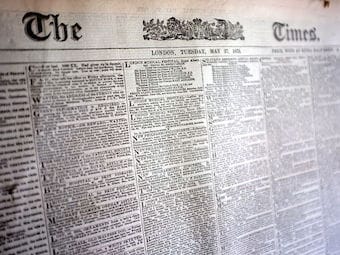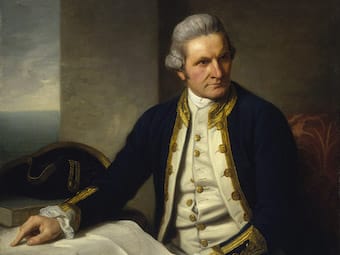Thomas Harriot (1560-1621) was an English mathematician and astronomer, remembered today for his contributions to algebra and for his pioneering research with the newly-invented telescope, which included the first descriptions of sunspots. His early career, however, took him far away to Roanoke Island in North America, assisting Sir Walter Raleigh in the establishment of an English colony there.
After his return from the New World, Harriot found a home at Syon House in London with the Earl of Northumberland, whom he supported loyally amid the rumours following the Gunpowder Plot of 1605. There, Harriot pursued his researches in mathematics and astronomy, but he never courted fame and many years passed before Harriot’s groundbreaking work was truly appreciated.
116 words


